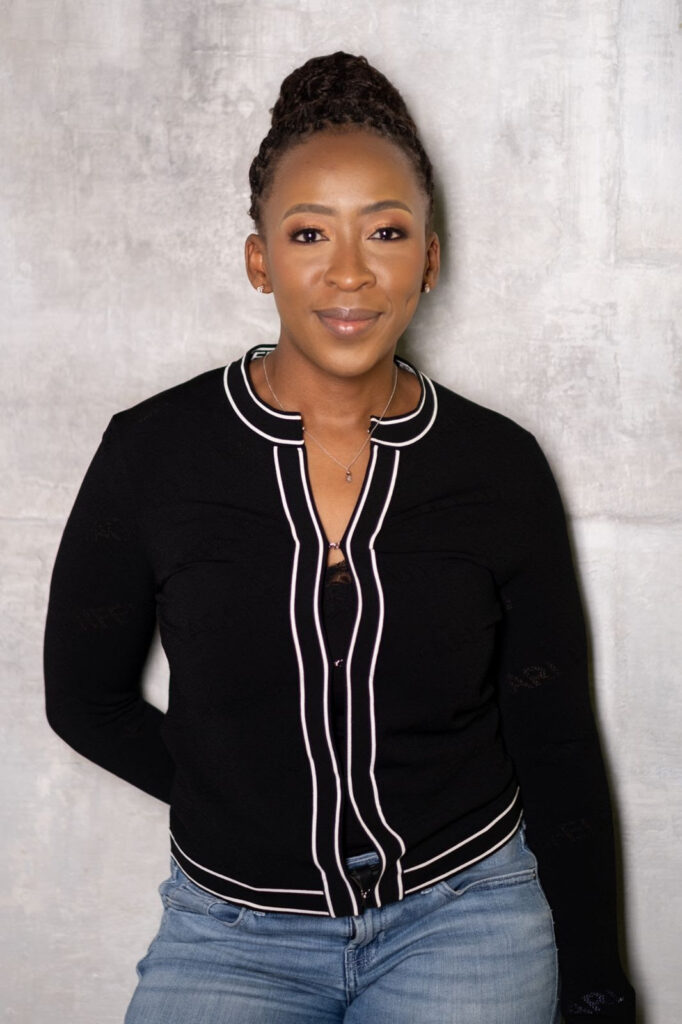A call for collaboration towards building vigorous communities

PRETORIA, South Africa, 13 February 2023 -/African Media Agency(AMA)/- Be it social media, the news, or your community WhatsApp group, there has been no shortage of commentary about the apparent escalation of vaping among teenagers. In a market sector largely unregulated in South Africa, it is seemingly too easy for teenagers to access Electronic Nicotine Delivery Systems/Electronic Non-Nicotine Delivery Systems (ENDS/ENNDS) also known as Electronic Vapour Products (EVPs).
“The concern that young people are easily able to access these products is completely valid,” says Asanda Gcoyi, Chief Executive of the Vapour Products Association of South Africa (VPASA), an organisation advocating for the fair and balanced regulation of the vaping industry. “As a self-regulated industry body, we are vehemently against using ENDS/ENNDS or EVPs by anyone under 18 years. In fact, we also believe that these products should not be used by non-smokers.”
“Vaping products are only intended for adult smokers who are looking for less-harmful alternatives to traditional tobacco products,” explains Gcoyi.
Allowing adults who need access to reduced-risk products, access
Since its formation in 2016, VPASA has led the charge to regulate the vaping industry in a way that is both responsible and considerate of the role that ENDS/ENNDS or EVPs could play as a harm-reduced alternative to combustible tobacco products in South Africa.
This approach has seen a success in several other countries. Successful harm-reduction campaigns and programmes in New Zealand and the United Kingdom provide examples of countries that have successfully reduced citizens’ usage of tobacco products (and the harm associated with them) through the promotion and use of EVPs as part of their considered tobacco harm-reduction strategy.
Public Health England (PHE), a former executive agency within the Department of Health and Social Care in England, regularly conducts extensive studies of vaping products, and its 2021 update study reaffirmed ENDS/ENNDS’ and EVPs’ harm-reduction profile. In 2017, PHE previously reported that more than 50,000 smokers stopped smoking altogether with the help of a vaping product and England continues to see a decrease in smoking prevalence.
Ideological resistance at home
However, South Africa has been reluctant to adopt vaping as a recognised tobacco harm strategy – and one significant challenge is the underage youth accessing vaping products, says Gcoyi.
Opposition to vaping has become so replete with the question of youth access that it now wholly overshadows the benefits that vaping offers adult smokers seeking harm-reduced alternatives to tobacco products. In fact, those opposed to vaping tend to relegate the debates on the scientific evidence of vaping products’ usefulness to help smokers choose an alternative, to the periphery. In many instances, this anti-vape messaging focuses on how the tobacco industry is allegedly using vaping products to attract youngsters.
“Our industry’s strategy is clear and non-negotiable when it comes to protecting youth, the use of flavours and packaging of vaping products”, added Gcoyi.
VPASA has a strong commitment to ensuring its members do not allow young people easy access to vaping products, explains Gcoyi. Firstly, to join VPASA, a company must commit to preventing youth access to its products. The industry association also holds its members accountable by enforcing this restriction.
In 2022, VPASA joined the Advertising Regulatory Board (ARB), a self-regulated body that administers the industry-owned Code of Advertising Practice for advertising content, to initiate code inclusions for the vapour industry, specifically focused on youth protection. It has also collaborated with the Consumer Goods Council of South Africa (CGCSA), which represents companies engaged in the manufacturing and distribution of consumer goods, to support VPASA in preventing youth access to consumers and businesses that are not VPASA members. its.
VPASA has also created and disseminated a member code of conduct and implemented a ‘mystery shopper’ system to regularly check on member compliance with VPASA’s prescribed guidelines – especially in terms of age restriction.
Not withstanding, the self-regulated measures VPASA has taken to play its part in curbing youth access to vaping products, the Association continues to advocate for a science-based and risk-proportionate regulatory framework towards enforceable laws that consider the health concerns of millions of smokers, while remaining vigilant about youth access prevention, says Gcoyi.
“Such a framework will ensure ease of collaboration with like-minded organisations, health regulatory bodies and other stakeholders in reducing smoking prevalence and building vigorous communities in South Africa,” she concludes.
Distributed by African Media Agency (AMA) on behalf of VPASA.
ABOUT VPASA
The Vapour Products Association of South Africa (VPASA) represents Electronic Vapour Products (EVP) products manufacturers, retailers, and importers. The association serves as the united, official voice of the industry to the government, regulators, consumers, and the public.
For more information please visit our website. Follow our social media conversations via Twitter, Facebook and Linkedin to keep up to date with industry developments or email media enquiries for more information.
The post In The Absence Of National Regulation For Vapour Products, Youth Access Prevention Must Be Self-Policed appeared first on African Media Agency.





